Nebbiolo has changed over the years, not least in the last 40 years. Its world fame is rather recent. Its most famous wines, Barolo and Barbaresco, triumphed on the export market from the 1980’s. Before that they were mostly found deep in the cellars of Italian wine lovers. Wines from nebbiolo needed time. The tannins needed to soften and it could take decades. But times changed and nebbiolo also. Here is the story. Read more about this highly regarded grape.
Nebbiolo can be found on roughly 5,500 hectares throughout Italy. 80% of the plantings are on the beautiful slopes of Piedmont, and most of the rest are in the neighbouring regions of Lombardy and Valle d’Aosta. There are also small nebbiolo vineyards in South America, California, Washington, Australia, and South Africa.
This is a longer version of an article published on Forbes.com.
This is an article in our series of presentations of the world’s most popular and exciting grape varieties. Read other articles here:
Nebbiolo is unusual in other wine countries than Italy. It is considered picky and finds settling outside its home region difficult. And despite being the most revered grape in Piedmont, it is only found in 10% of the vineyard area. Many wines that use nebbiolo in Piedmont, such as Barolo and Barbaresco, have a tiny production. Small, yes, but much sought after by wine lovers. Barolo (2000 ha) and Barbaresco (700 ha) belong to Italy’s – and the world’s – great wines.
Clones, soil, and climate
Nebbiolo is an old grape. It was mentioned in texts as early as the 13th century. The name comes from the Italian word for fog, nebbia. One explanation for the name is that the fog settles over the wine slopes in autumn when the grapes are about to ripen. That may or may not be accurate. But they definitely have misty autumn mornings now and then. If you travel in Piedmont in the autumn, it is very likely that you will see this morning fog.
Nebbiolo mutates easily to adapt to its surroundings. This means that there are many nebbiolo varieties – clones – each with slightly different characteristics. In Italy, they often call these variations of a grape variety “biotypes”.
Each grape variety has a certain number of approved clones that can differ in quality, how much they yield, how resistant they are to certain diseases, and more. Choosing a good clone is essential for those who want to grow nebbiolo, just as it is for sangiovese in Tuscany and pinot noir in Burgundy. Growers today plant clones that produce small, sparse bunches with small grapes and low yields. They often grow several different clones, believing this makes the wine more complex and better.
Nebbiolo thrives in Piedmont with its relatively cool climate and calcareous marl soil. Since nebbiolo is the most prestigious grape in Piedmont, it gets the best locations. It is, above all, south, southwest and southeast slopes that provide enough sun for the grapes to ripen.
Nebbiolo needs a long growing period and ripens relatively late. The harvest is usually in mid-October. But it ripens better today than years ago. There is no problem getting it ripe for most years. This is partly due to climate change and the fact that there are other clones of nebbiolo today. There are growers today who question whether south-facing is really the best.
How does nebbiolo taste?
Nebbiolo has relatively little colour pigment and always produces wines with a light colour. The colour tends to go towards orange-brown quickly for a red wine. They can have that colour tinge even when young.
Despite the light colour, the aromas of red berries, cherries, tobacco, forest mushrooms and more can be very intense. A good quality nebbiolo is always elegant and complex and with good acidity. The tannins tend to be pronounced. How much depends on the type of wine and producer and the age of the wine. Despite the tannins, there are many nebbiolo wines today, including Barolo and Barbaresco, that can be enjoyed young without any problems. But they generally always have an excellent ageing potential. Modern winemaking technology, adopted with enthusiasm in Piedmont, can create wines with much smoother and riper tannins than what was the norm a few decades ago. The reputation – dating from those days – of nebbiolo as a very tannic and rough wine is partially a thing of the past.
Many of Piedmont’s nebbiolo wines are aged in oak and a Barolo and Barbaresco for at least 18 and nine months respectively (although in Barbaresco they often stay longer than the minimum). So, the oak is present in the flavour profile but is often discreet and well-integrated. The producers use old barrels of several thousand litres and sometimes a certain amount of small French barriques of 225 litres.
Barolo and Barbaresco
Thomas Jefferson is said to have passed through Turin in 1787 and noted in his diary that he drank “nebioule”. He wrote that it was sweet like a Madeira and tough like a Bordeaux. If he came back today, he would not recognise the wines. In fact, until the mid-1800s, Barolo was a sweet wine. Nobody really knows why. Maybe they liked it better, sweet. Or perhaps it was cold autumns that prevented the wines from fermenting. However, the problem with residual sugar is that the wine becomes unstable. It might have been the French (the national borders were quite different at the time) who taught the producers to ferment the wines properly; we don’t know who should take the credit.
In any case, it was at the time of the unification of Italy in 1861 that Barolo began to resemble the wine we know today. Count Camillo Benso di Cavour of Turin was the first Prime Minister of the united Italy. He was a wine lover and owned an estate in Barolo. He spent time thinking about how the wine could be improved.
Both Barolo and Barbaresco are 100% nebbiolo. Indeed, there have been times when they have discussed allowing other grape varieties, but it has never been seriously considered.
The changes
Since Barolo became a dry wine in the second half of the 19th century as the producers learnt how to manage the fermentation process, it has been one of Italy’s most prestigious wine. At the same time, it was considered by the Italians to be so tannic and austere that it required many years of ageing in the cellar to become drinkable. The wine obviously needed to change to suit a larger audience.
Angelo Gaja, the great star of Barbaresco, was one of the pioneers of change. He started working at the family vineyard in 1960. He wanted to make wines “with tannins that people weren’t scared off by”. He went to France and was inspired but noticed that the farmers back home were stuck in their old ways. Gaja learned that the style foreigners preferred was not what the wine farmers back home described as “typical”.
The old, traditional winemaking style meant that the wine was kept in contact with the skins for a long time, before, during, and after fermentation. 40 days or even more was not uncommon. The wines were fermented at a high temperature, over 30 degrees C. The grapes were harvested less ripe then, so extracting colour and aromas from the skins took longer. But a long time on the skins and not fully ripe grapes meant green and sometimes aggressive tannins. The wines were then given a long time in old and large oak casks, maybe 4–5 years, for the tannins to calm down. The fruit often dried out before the tannins had softened.
Significant changes in the vineyards started in the 1980s. People tore up the old, high-yielding clones. With better clones in the vineyard, they got riper grapes and, thus, milder tannins and more balance in the wine. They started with green harvesting (eliminating bunches of grapes during the summer to limit the yield). Here, too, Angelo Gaja was a pioneer. He had already done this back in the 1960s, inspired by his father, who pointed out that the best vintages were often those in which hail destroyed half the crop.
The wine was given shorter skin contact and shorter oak ageing in the cellar. They started to use small French oak barrels to complement the big old barrels. Details such as better hygiene in the cellar and better cleaning of the barrels also did their part.
All these changes were a positive development for nebbiolo. With softer but still pronounced tannins and a fresher, cleaner fruit, it was ready to conquer the world.
The rest of Piedmont
Since the early 1980s, Barolo and Barbaresco have held the highest Italian designation of origin, DOCG. There are a few more DOCGs in Piedmont with 100% or almost 100% nebbiolo: Gattinara, Ghemme, Roero and newcomer Terre Alfieri. There’s also Nebbiolo d’Alba and Langhe Nebbiolo wines for enjoyable and often reasonably priced Nebbiolo.
Nebbiolo have several synonyms, here are some: spanna (northern Piedmont), chiavennasca (Valtellina in Lombardy), picotener or picotendro (Valle d’Aosta), prünent (Val d’Ossola in northern Piedmont)
Nebbiolo quick facts
Area in the world: 8,000 hectares
Nebbiolo is mainly grown in Italy, 5,500 ha
It is also found in the USA, South America, Australia, South Africa, and a few other places.
Nebbiolo tasting comments: Light colour that goes towards orange-brown quite early. Aromas of red berries, cherries, tobacco, mushrooms, autumn forest, truffles, violets. Rich in tannin and high in acidity. The best ones are elegant and complex and never heavy, always balanced. Excellent ageing potential.


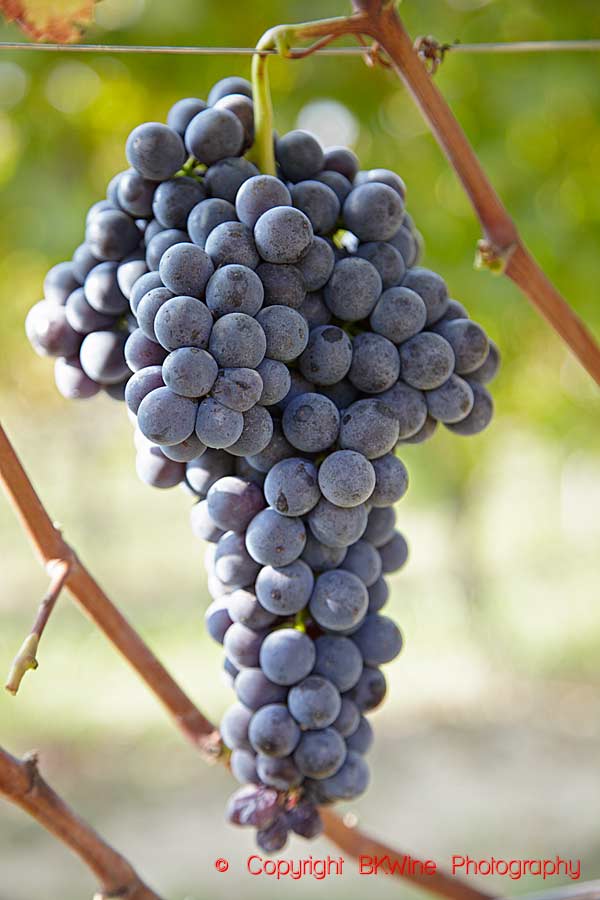



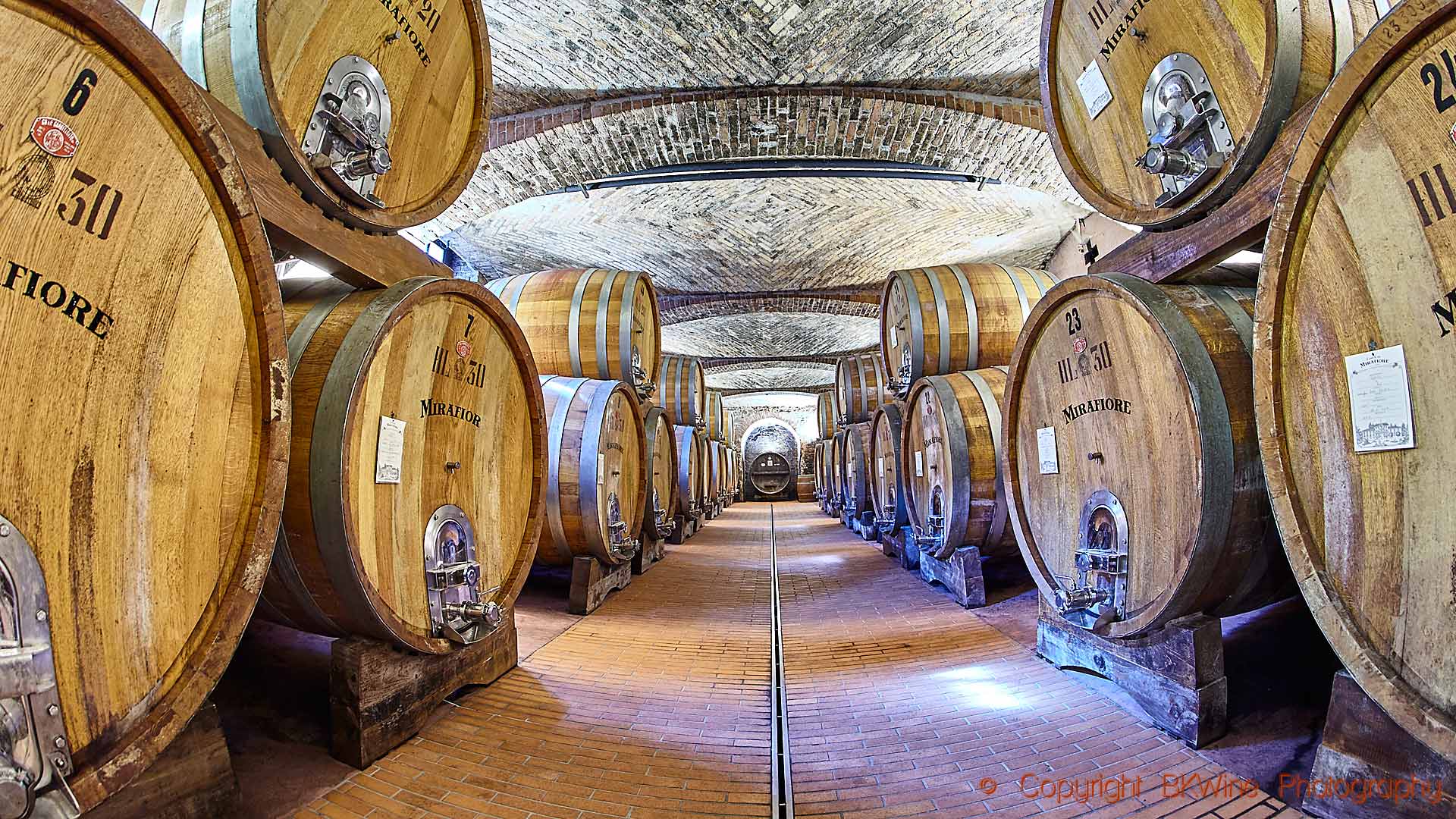

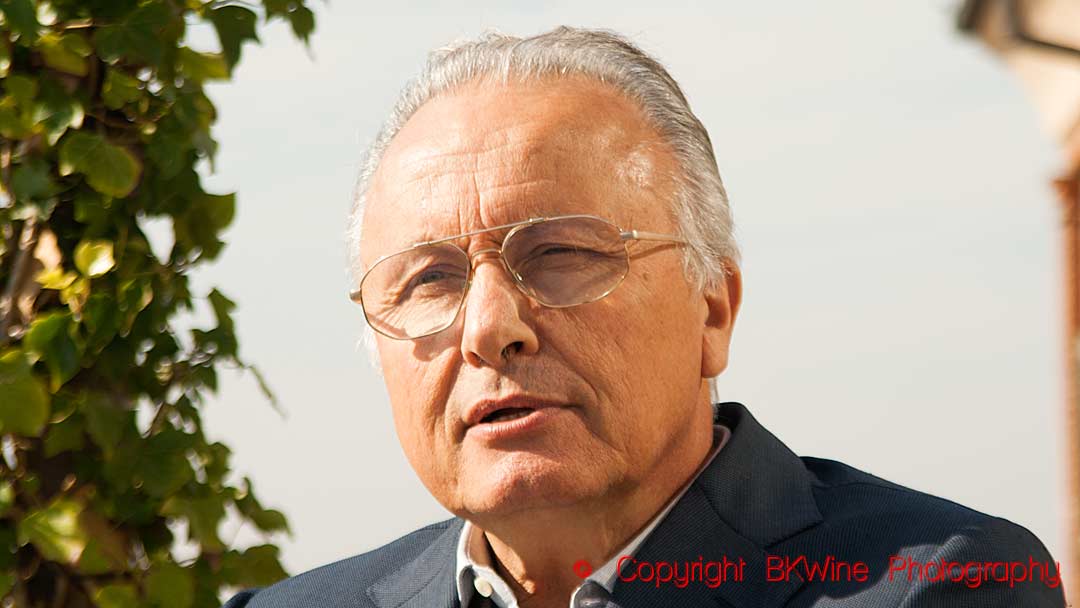




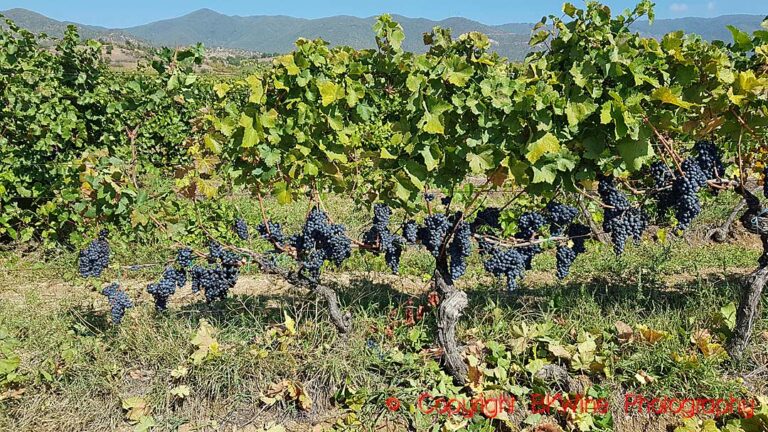
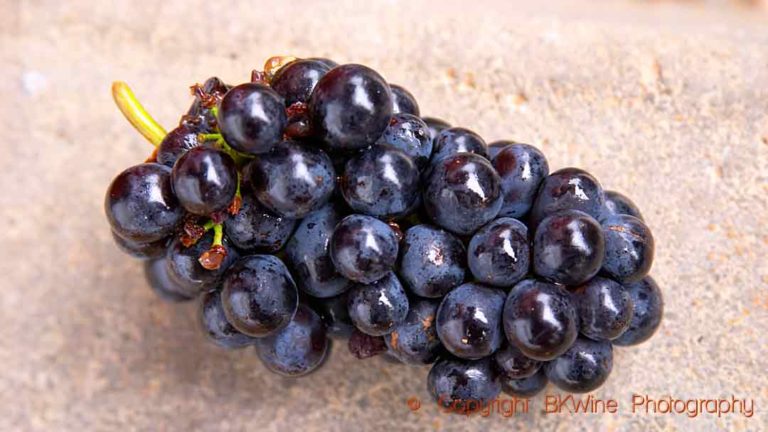
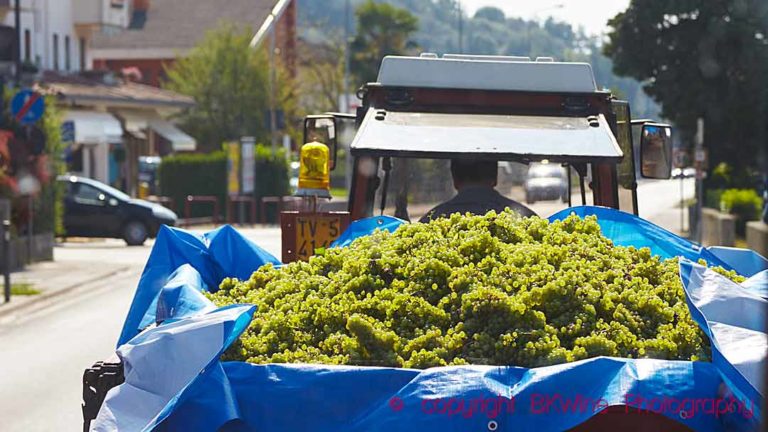





One Response
Barolo became what it is now thanks to Juliette Colbert, God bless her.